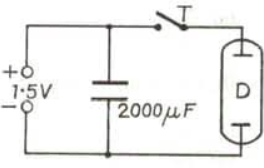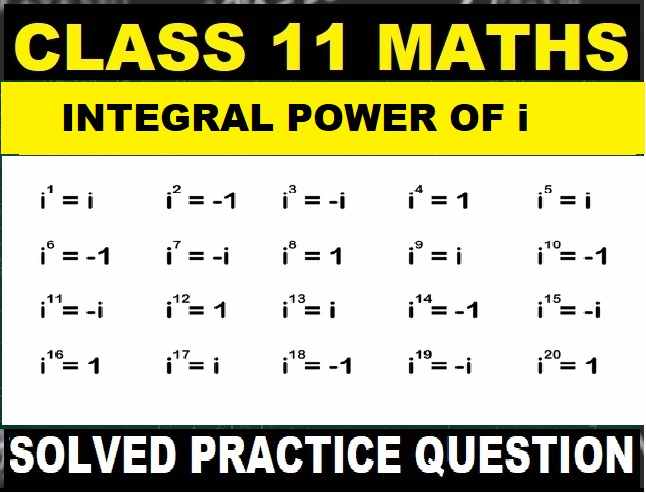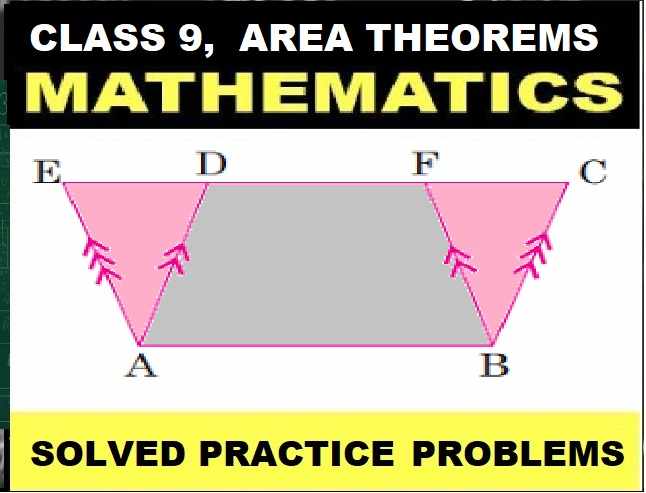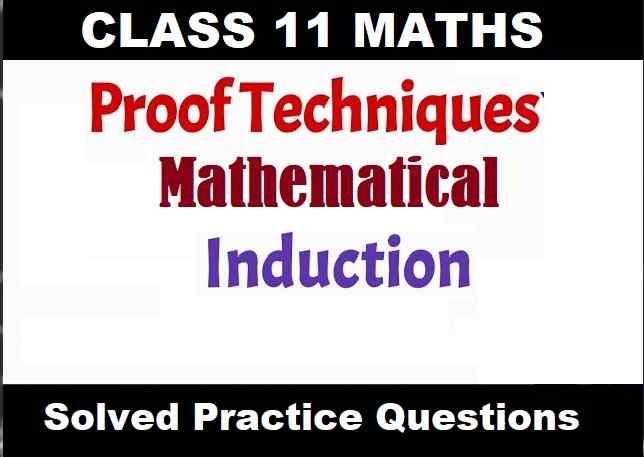Energy of Charged Capacitor Numerical for Class-12 Nootan ISC Physics Ch-4 Capacitors and Dielectrics. Step by step solutions of Kumar and Mittal Physics of Nageen Prakashan as council latest prescribe guideline for upcoming exam. Visit official Website CISCE for detail information about ISC Board Class-12 Physics.

Energy of Charged Capacitor Numerical for Class-12 Nootan ISC Physics Ch-4 Capacitors and Dielectrics
| Board | ISC |
| Class | 12 |
| Subject | Physics |
| Book | Nootan |
| Chapter-4 | Capacitors and dielectrics |
| Topics | Numericals on Energy of Charged Capacitor |
| Academic Session | 2025-2026 |
Numericals on Energy of Charged Capacitor
Class-12 Nootan ISC Physics Ch-4 Capacitors and Dielectrics.
Que-13. (a) A parallel-plate capacitor has a plate-area of 90 cm² 2 and separation 2.5 mm. Find the stored electrostatic energy when it is charged to 400 V.(b) The energy is stored in the electrostatic field between the capacitor plates. Obtain energy density (energy per unit volume).
Ans-13(a) U = 1/2 CV^2 = 1/2 ε0A/d v^2
=> 1/2 x 8.85 x 10^-12 x 90 x 10^-4 x (400)^2 / 2.5 x 10^-3
=> 2.55 x 10^-6 J
(b)energy density
= U/Volume = 1/2 ε0 A v^2 / d A
=> 1/2 ε0 v^2/d
=> 1/2 x 8.85 x (400)^2 / 2.5 x 10^-3
=> 0.113 J m^-3
Que-14. A parallel-plate 100 µF capacitor is charged to 500 V and the charging battery is removed. If the distance between its plates is halved, then what will be the new potential difference between the plates and what will be the change in the stored energy?
Ans-14 when battery is removed charge on capacitor will not change
but V = Q/C => V ∝ 1/C {C = ε0A/d} {=> 1/C = d/ε0A}
=> V ∝ d => V1/V2 = d1/d2
=> 500/V2 = d1/(d1/2)
=> V2 = 500/2 = 250 volt
again U = 1/2 Q^2/C => U ∝ 1/C => U ∝ d
=> U1/U2 = C1/C2 = d1/d2
=> U1/U2 = d1/(d1/2)
=> energy will be halved
Que-15. A 16 µF capacitor is charged to 3.2 x 10^-4 C and the charging battery is disconnected. What will be the work required in doubling the distance between the plates?
Ans-15 A 16 µF capacitor is charged to 3.2×10^-4C and the charging battery is disconnected.
V = q/C
V = 3.2 × 10^{-4} / 16 × 10^{-6}
∴ V = 20 V
W = F × d
as F = qE
W = q × E × d
as E = V/2d
W = q × (V/2d) × d
W = q × V/2
W = 3.2 × 10^-4 × 20/2
W = 3.2 × 10^-4 × 10
W = 3.2 × 10^-3 J
The work required in doubling the distance between the plates is 3.2 × 10^-3 J
Que-16. A 6 µF capacitor is raised in PD from 10 to 20 V. Compute increase in electric potential energy.
Ans-16 ΔU = 1/2 CV2^2 – 1/2 CV1^2
=> 1/2 C[V2^2 – V1^2]
=> 1/2 x 6 x 10^-6 (20^2 – 10^2)
=> 1/2 x 6 x 10^-6 x 300
=> 9 x 10^-4 J
Que-17. The capacitance of a variable capacitor connected to a 10 V battery is changed from 7 to 3 µF. Compute energy-change.
Ans-17 if the battery is not removed voltage will be same i.e.
ΔU = 1/2 C2V^2 – 1/2 C1V^2
=> 1/2 V^2 [C2 – C1]
=> 1/2 x 10 x (7-3) x 10^-6
=> 2 x 10^-4 J
Que-18. The capacitance of a variable radio capacitor can be changed from 50 pF to 950 pF by tuning the dial from 0 to 180°. With the dial set at 180°, the capacitor is connected to a 400 V battery. After charging, the capacitor is disconnected from the battery and the dial is turned to 0. (a) What is the potential difference across the capacitor when the dial reads 0? (b) How much work is required to turn the dial, if friction is neglected?
Ans-18 When battery is disconnected charge will remains same only capacitance and voltage change i.e.
(a) V1/V2 = C2/C1 {V = Q/C => v ∝ 1/C}
=> 400/V2 = 50/950
=> V2 = 7600 volt
(b) Work done = Change in energy
=> 1/2 C2V2^2 – 1/2 C1V1^2
=> 1/2 x 50 x 10^-12 x (7600)^2 – 1/2 x 950 x 10^-12 x (400)^2
=> 1/2 x 50 x 10^-12 x (400)^2 [19^2 – 19]
=> 1.368 x 10^-3 J
Que-19. In a camera-flash circuit, a 2000 µF capacitor is charged 30. by a 1.5 V cell. When a flash is required, the energy stored in the capacitor is discharged by means of a trigger T through a discharge tube D in 0.1 millisecond. Find the energy stored in the capacitor and the power of the flash.

Ans-19 the energy stored in the capacitor
=> E = 1/2 * C * V^2
where:
E is the energy stored,
C is the capacitance (2000 microfarads or 2 * 10^-3 farads),
V is the voltage (1.5V).
substituting the values:
E = 1/2 * 2 * 10^-3 * (1.5)^2
E = 0.00225 joules
Next, let’s find the power of the flash. Power (P) is given by:
P = E / t
where:
E is the energy stored (0.00225 joules),
t is the time taken for discharge (0.1 milliseconds or 1 * 10^-4 seconds).
Plugging in the values:
P = 0.00225 / 1 * 10^-4
P = 22.5 watts
— : End of Energy of Charged Capacitor Numerical for Class-12 Nootan ISC Physics Ch-4 Capacitors and Dielectrics :–
Return to : – Nootan Solutions for ISC Class-12 Physics
Thanks
Please share with your friends


